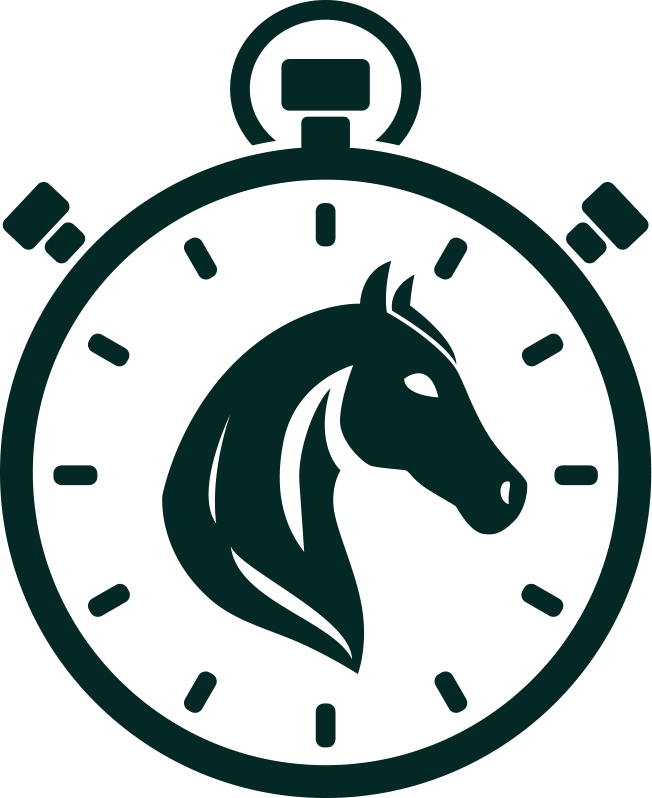As summer ends, the Hudson Valley is expecting a surge in squirrel activity due to their unique breeding pattern. Unlike many animals that primarily reproduce in spring, squirrels in this region often have two mating seasons, with a second, potentially larger litter born in August and September. This late summer litter can average more offspring than the spring one, influenced by food availability. Since baby squirrels are born vulnerable—blind and hairless—there is an increased likelihood that some may need human assistance if separated from their mothers, prompting reminders to contact certified wildlife rescue organizations.
In addition to the squirrel boom, the New York State Department of Environmental Conservation (DEC) continues its efforts to rescue both humans and wildlife in distress. Recently, DEC officers have rescued seven animals in just 20 days, highlighting the ongoing need for wildlife intervention. One notable rescue involved a horse trapped in a backyard pool in Bohemia, New York, where local firefighters successfully saved the animal, showcasing the critical role of first responders in protecting both people and animals.







